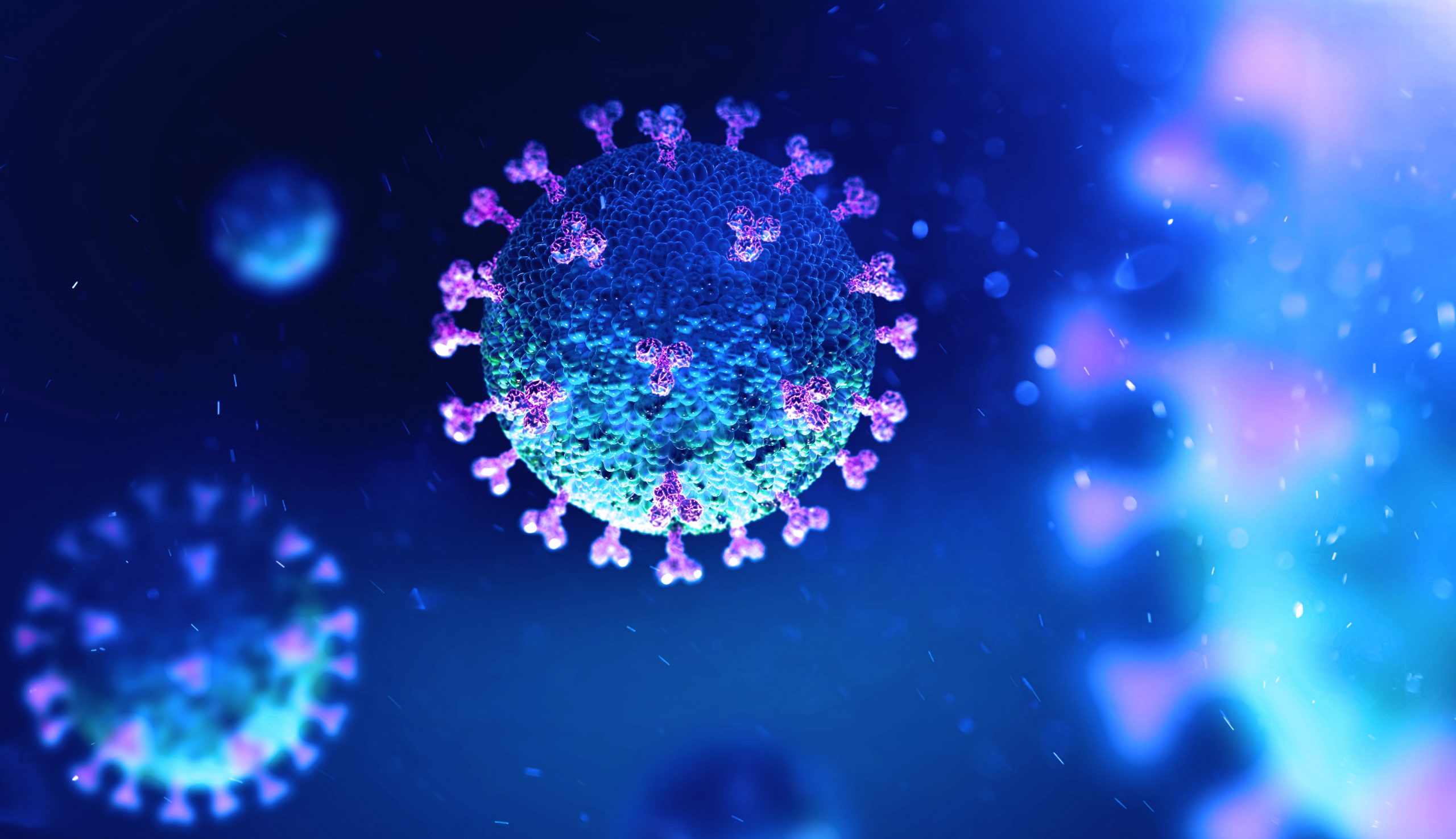The COVID-19 pandemic has thrown the whole planet into disarray. The great majority of Quebecers have spent the last year donning masks, disinfecting their hands, and working from home to attempt to stop the virus from spreading.
Because the government shuttered sports centers and training facilities, we had limited opportunity to exercise. We were satisfied with a daily little stroll as our only means of getting our feet moving.
Because of our confinement, we have a more sedentary lifestyle, which has the tendency to weaken our muscles and make us more prone to injury. However, there may have been an unanticipated harm as well.
New symptoms and side effects of the virus appeared as the pandemic advanced. The major symptoms of COVID-19 are well-known, such as fever, chills, body pains, dry cough, and tiredness, but have you heard of “COVID toes”? And the impact?
1. Symptom of “COVID toes”
People all across the world have reported frostbite-like markings on the skin of their toes and, in some cases, their fingers, since the beginning of the pandemic.
These inflamed, red lesions develop on the skin of the body’s extremities. Many health care professionals, on the other hand, were originally ignorant of the relationship to COVID-19 since no evidence of the virus was detected in their patients.
However, according to a research published in April 2020 by French dermatologist Thierry Passeron and colleagues at Nice University Hospital, all 40 patients with lesions had developed COVID-19 within the preceding three weeks.
Generalized skin responses, such as hives, have been reported in the past following a respiratory virus infection, but this localized reaction was unique.
The researchers discovered that these patients had acquired super-efficient innate immunity, given their early age and lack of classic COVID-19 signs.
Innate immunity is the body’s defensive response to infection, and it consists of two barriers. The skin, mucous membranes, and secretions such as saliva make up the first anatomical layer. The second kind is cellular, which is made up of cells and proteins.
These two barriers keep viruses, bacteria, parasites, and other foreign particles out of the body, where they are limited in their capacity to propagate.
2. Treating COVID foot symptoms
Frostbite isn’t always life-threatening. Instead, it shows a robust immune system and a COVID-19 infection that is nearing the conclusion of its course.
Patients recover in a matter of weeks with no lingering consequences.
There are, however, physical signs of COVID toes. One or more toes may swell at first, then become purple over time.
Nevertheless, because this is a relatively new response with minimal study, it is difficult to determine why these lesions occur. Some scientists believe they arise as a result of viral replication in the skin, although there isn’t enough evidence to back this up.
3. Preventing foot injuries
Although the pandemic looks to be receding, it has left a legacy of lifestyle changes, including working from home.
We no longer wear shoes during the day since we work from the comfort of our own houses.
As much as wearing a sweatshirt instead of a shirt is a comfort issue, putting on (or not putting on) your feet is a health issue.
This is especially important for those who suffer from foot discomfort, poor circulation, or chronic diseases like diabetes.
Wearing a well-fitting pair of shoes with excellent arch support is the greatest approach to avoid injury.
Stretching at the start and end of the workday, as well as brief walks about the house, can help the blood flow correctly.
Toe inflammation can cause a wide range of responses, and some patients have reported discomfort as a result of it.
If you’re in pain, see a podiatrist, like the ones at PiedReseau, so they can rule out any issues and treat your pain properly and professionally.
In any event, toe irritation should always be a reason for concern, and because there is no way to tell if it is caused by the virus, a clinic visit is always a good idea.
PiedRéseau: keeping your feet healthy
Don’t panic if your toes are red and swollen but you haven’t been exposed to the cold.
To ensure that your feet are healthy, schedule an appointment with an expert through PiedRéseau.

